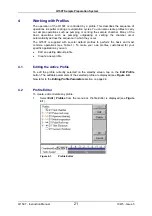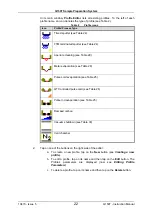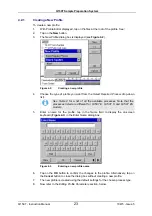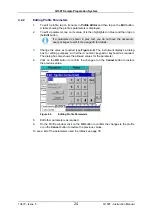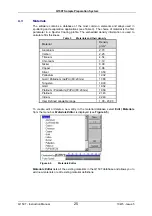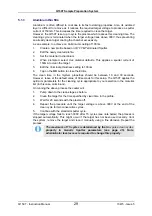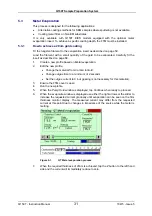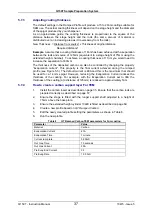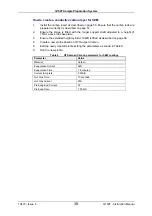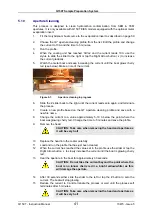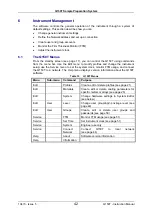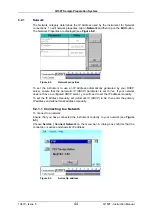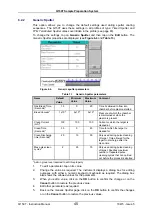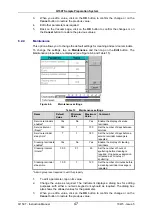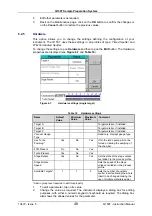
Q150T Sample Preparation System
Q150T - Instruction Manual
35
10473 - Issue 5
5.7
Ramped Profile
The Q150T Ramped Profile produces carbon coatings from a shaped carbon rod. We
recommend this profile instead of the pulse carbon rod process if you require a
consistently repeatable deposited thickness.
Generally, this process requires the use of the extended height chamber (see page 69).
The short chamber may be used for a coating thickness greater than 12nm although the
FTM will be inaccurate due to the close proximity of the high temperate rods.
5.7.1
Carbon insert setup
1.
Use the rod shaper with the red handle (provided in the accessory pack) to
prepare two carbon rods each with a spigot 5mm long and with a diameter of
1.4mm diameter (see page 57).
2.
You will then need to shape one of these rods to form a wedge using the wedge
tool (Part No. 12097). This tool can be used to shape 3mm or 6mm rods. Use the
end which has the grove closest to the plate to shape 3mm rods (see Figure 5-3,
detail B).
3.
Hold the tool with the grove to be used uppermost.
Figure 5-3.
Wedge tool (Part No. 12097)
4.
Place the rod with its shaped end into the grove ensuring the rod is pushed up to
the shoulder.
5.
File the rod so it is level with the metal tool. For best results, tap the dust out of
the grove several times during this shaping process being careful not to move the
rod.
6.
Fit the flat-ended rod into the carbon gun (see page 56).
7.
Fit the wedge-shaped rod with its point closest to the plate of the insert (see Figure
5-4). Ensure that the sliding clamp of the insert is pulled back approximately 5mm
and the point of the spigot is resting on the end of the plain spigot. It may be
necessary to swap the side of the wedged spigot or to rotate the plain spigot.
Figure 5-4.
(l) A finished wedge-shaped rod; and (r) in position with plain rod
Summary of Contents for Q150T S
Page 92: ......

